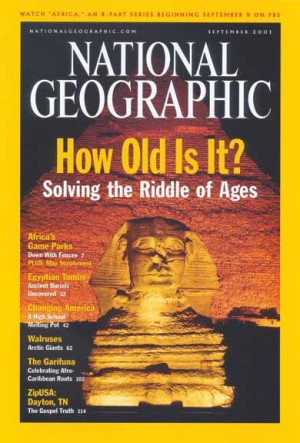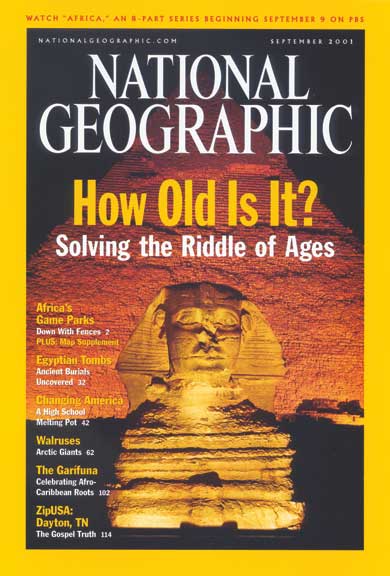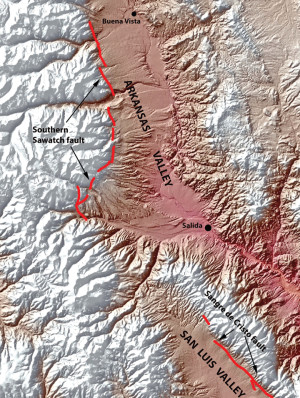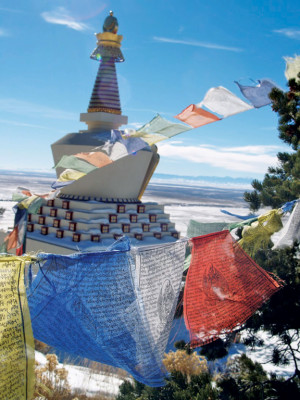Crestone resident Bill Ellzey has travelled the planet as a photographer and teacher. His works from India, China, Australia, Japan, Mexico, Alaska, Egypt, Ireland, Bhutan, Zambia, Chilean Patagonia and the American West have been published in the U.S. and abroad. Ellzey’s images can be found in magazines, books, calendars, newspapers, catalogs, annual reports, galleries and private collections. He directed the Western Photo Workshops in Telluride, Colorado for 11 years and continues to teach privately and for distinguished photo programs in North America and overseas. He currently lives and works from his self-built strawbale home in the San Luis Valley. His website is billellzey.com.

Colorado Central: When did you first become interested in photography?
Bill Ellzey: In 1965, an Air Force buddy showed slides in our barracks one night. He had taken the pictures earlier that day. I asked how he was able to have slides so quickly. He said he developed them in the base hobby shop darkroom and offered to show me how.
CC: What was your first camera?
Bill: The same buddy showed me his Kodak Instamatic 500 that he bought at the base exchange. Although it took a sealed, drop-in film cartridge, it had adjustments that, if I remember correctly, were aperture, shutter speed and ISO. He explained how when you make the lens opening smaller, more distance would come into focus and when the hole in the diaphragm was bigger, a shallower range would be in focus. It’s called depth of field. I flashed on old LIFE magazine photos in which you’re looking down a parade row of a marching band members or soldiers and everyone was out of focus except for the one person the camera was focused on. Immediately I could see creative uses for what I would come to know as the selective focus phenomenon of depth of field.
CC: What’s your professional background?
Bill: After military service and a second go at college, I was working on the family ranch in Texas. But photography kept interfering with my cow work and it finally got completely out of hand. A cousin returned from college to work on the ranch, and I took that as my opportunity to take up the camera fulltime. That was in ‘72. My dog ate better than I did for the first several years. Picture taking came pretty easy, but the hardest part was deciding what to charge. My palms would sweat when I had to come up with a price.
CC: How long did you live in Telluride?
Bill: About 15 years. 17 if you count Ridgway being in the Telluride bubble. I moved to Telluride at the end of ‘78 thinking I would work out of both the prairie-canyon location of the ranch and the mountains of Telluride. I thought I would be nuts to move away entirely since it was so hard for my little semi business to get semi going. To start from scratch again seemed crazy. I actually never went back to the darkroom at the ranch though. I seemed to be accepted as believable almost as soon as I got there. A designer woman asked me what I would charge to shoot some handmade oak furniture. I asked how she knew I was there. She said she heard there was a new photographer in town and that he was good and probably expensive. Well I guessed that I’d better damn sure be good and probably expensive.
CC: When did you move to Crestone and why?
Bill: I moved to Crestone in ‘95. Some friends from Telluride had discovered it, bought land and started building. I came to see what the hubbub was about and was, frankly, underwhelmed. After all, by then I was looking out over Peaceful Valley at the Sneffels Range. But I visited a few more times and the skies, clouds, storms, rainbows and finally the Sangres lured me in. I found a tax lot in the flats with a stunning view of the mountains for $500. Then I figured I would build a strawbale house with my other five hundred bucks. (Not really, but it makes a good story.) I did build a strawbale house though, mostly alone over the next four years.
CC: Are there other photographers whose work you admire? Were you influenced by any in particular?

Bill: Sure. Ansel Adams was the first photographer I was aware of. First I just admired the grandeur of his photographs. When I began to get serious about photography, I wanted to make photographs of that quality but with my own subject matter. I was living on the ranch at that time and loved the prairie and canyon landscape. I grew to appreciate all the LIFE magazine photographers and National Geographic photographers and (Henri) Cartier-Bresson and (Sebastião) Salgado and (Jerry) Uelsmann and the FSA (Farm Security Administration) bunch – the list goes on and on. None of them are landscape photographers, except Adams, but they’ve been meaningful to me.
CC: Tell us about your workshops (past and current).
Bill: I drove from Texas to attend the first Autumn Eye Photo Workshop in Telluride in ‘78. I found myself running it in ‘79. Within four or five years, Eastman Kodak caught wind of it and offered a healthy sponsorship. So I increased the number of workshops, eventually to five, under the name of Western Photo Workshops, keeping the “Autumn Eye” as the flagship. Prior to Telluride and even during the 11 years I ran the workshops there, I was invited to teach or lecture here and there. I taught more than a dozen workshops at Anderson Ranch Arts Center in Snowmass, a couple at Santa Fe Photographic Workshops, three in Egypt, a couple in Bhutan, one in Tibet to Tibetans. I’m probably forgetting some.
CC: You’ve travelled the world throughout your photo career. Do you continue to travel as part of your profession?
Bill: Oh yes, I love to travel. Photography has been good to me that way. I probably wouldn’t have seen as much of North America as I have – or South America, Africa, Asia and Australia – had it not been for the camera. And yes, I’m continuing to travel quite a bit. I’m amassing a lot of images that I hardly have time to work with. But I sort of look at it this way: I’ll turn 70 in March this year and I won’t always be able to, or want to, get around so much. I’ll catch up with the backlog of images at that point.
[InContentAdTwo]
CC: What has been your most challenging assignment?
Bill: I can’t say that any one assignment stands out as most challenging. But I was most frightened doing an article on David Hiser, a friend and National Geographic photographer. His assignment for Nat Geo was the Lacondon Rain Forest in Chiapas, Mexico, near the Guatemalan border. My idea of doing an article on, “how a National Geographic photographer handles an ssignment” got interest from two publications, and approval from Nat Geo, for me to join the expedition. It’s too long a story really, but suffice it to say that for the first time in my life I thought I might not see the next dawn. I realized how easy it would have been to disappear without a trace by the hand of drug farmers in the depth of that jungle.
CC: How did you adapt to the transition from film to digital?
Bill: Probably like most people of my vintage. At first with fear, resistance, mockery, insecurity. That transition was happening in the outside world while I was building my house in the boonies. I was falling behind but my neighbors, quite accomplished photographers, said don’t worry, we’ll bring you up to speed when you finish. And they did. But I got a three-megapixel point-and-shoot just to find out what “pixel” meant. I was so amazed with that little camera, I was hooked. Getting a DSLR and seeing what it could do set the hook firmly. Never looked back.
CC: What are you currently shooting with? (Current equipment, editing software, etc.)
Bill: Once you can afford high-end equipment, the brand doesn’t matter much. Just personal preferences. I used Nikons for 37 years, switched to Canon for 15 and have recently switched back to Nikon. That switching didn’t have anything to do with dissatisfaction, just features that one or the other provided that I felt I needed at the time. Regarding the other, equally important part of digital photography: Lightroom and Photoshop software and a Mac.
CC: Your work has been published in many books and magazines. Do you have a secret to your success?
Bill: I’ve been published a lot, yet so far not a single book of my own. Maybe that too will come when I slow down a bit.
I guess it does look like I’ve been successful. Success is very relative. Let’s say I’m just beginning to feel a certain comfort with what I have to show for my life. I’m pretty happy and not in debt. Except for the mortgage.
CC: Do you have a photographic philosophy?
Bill: Love the planet.



